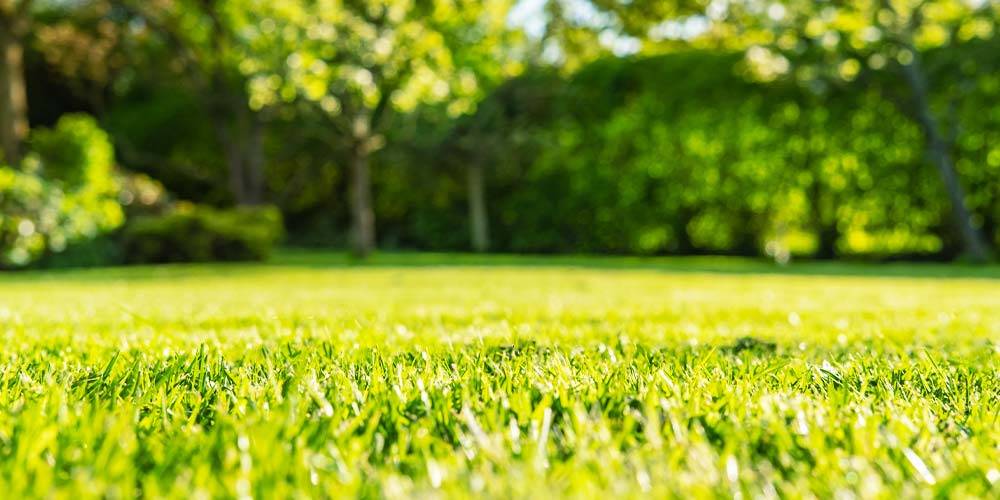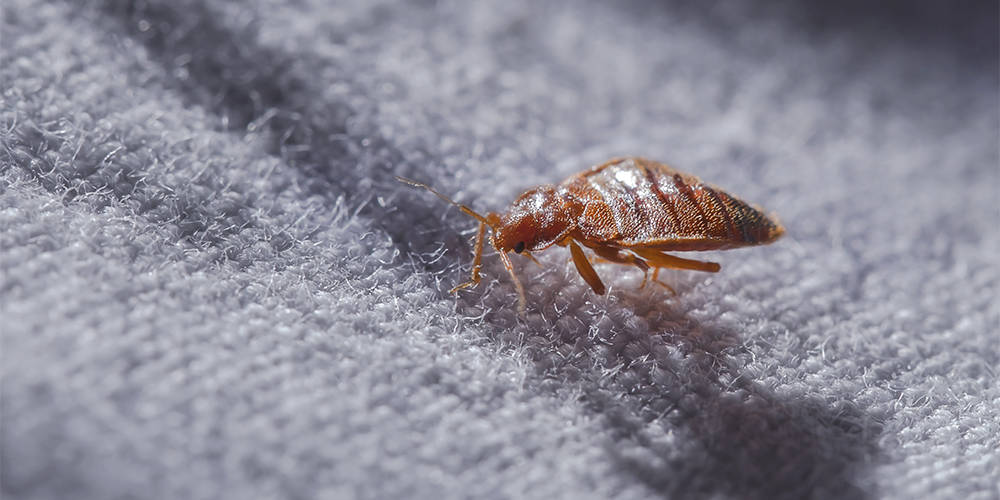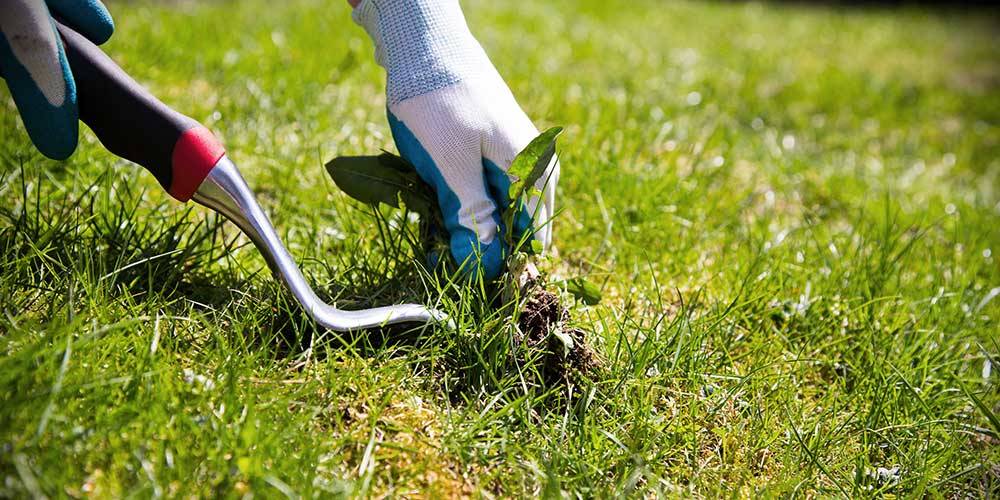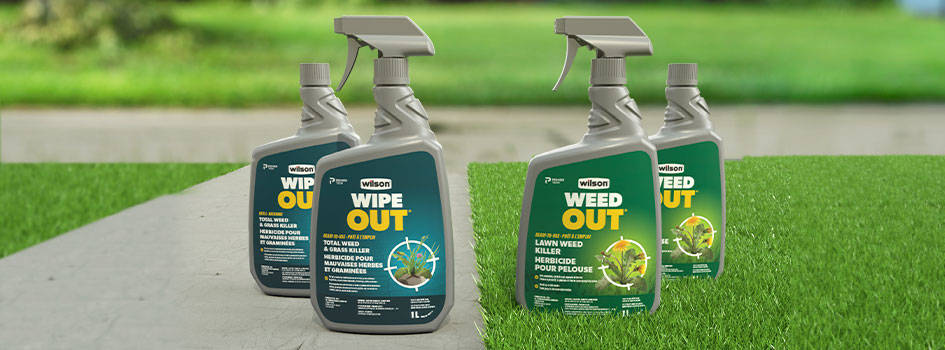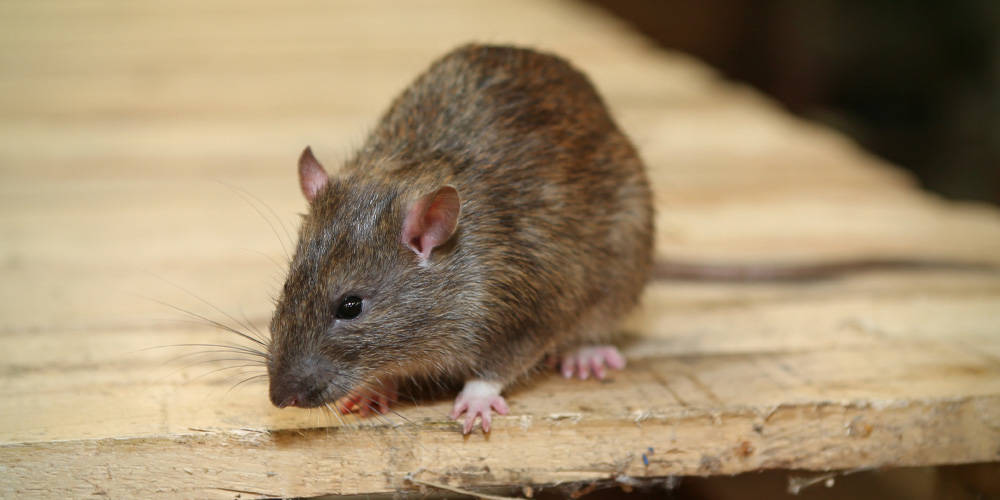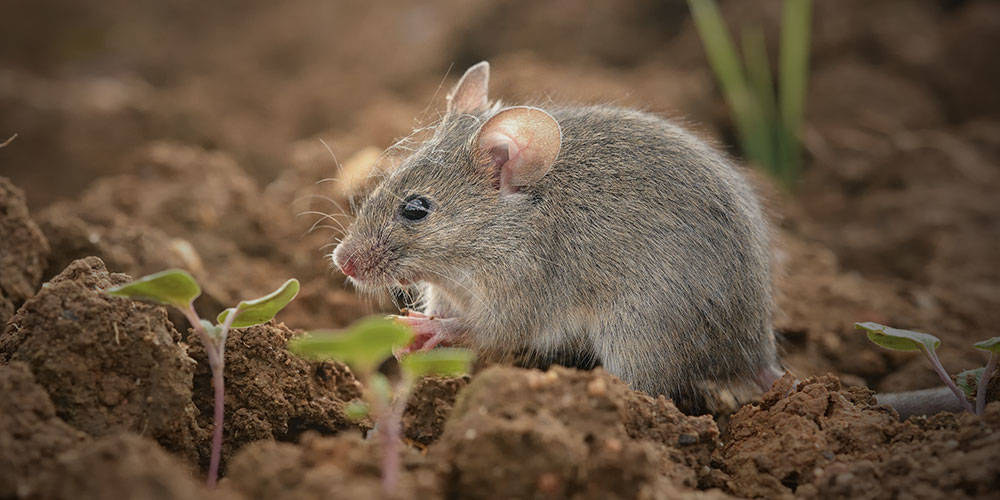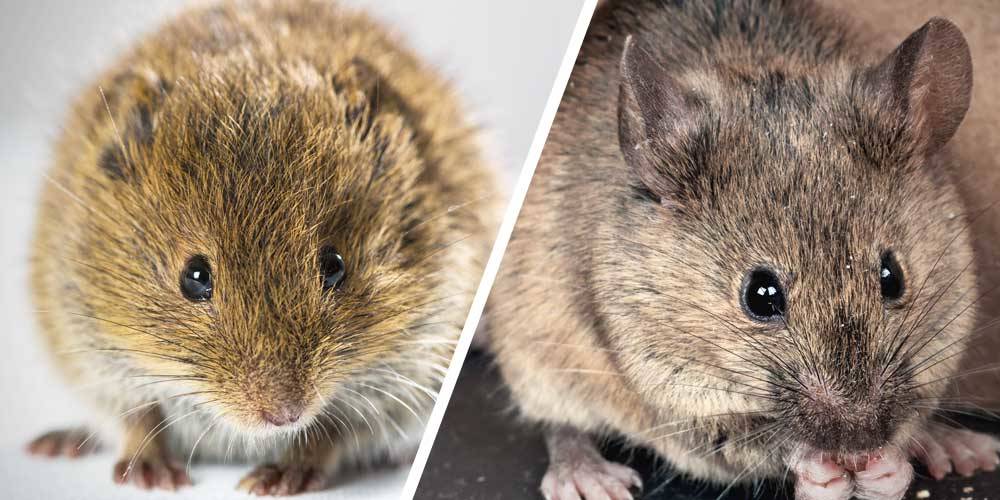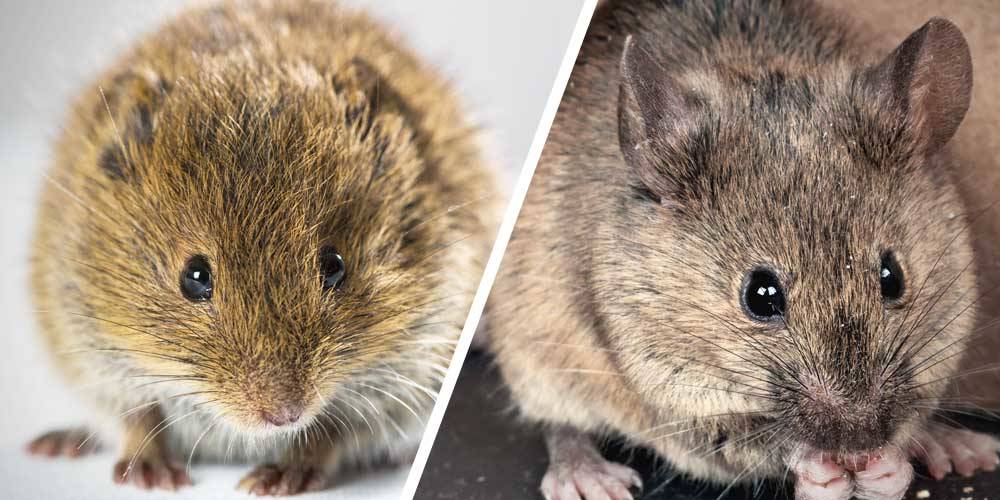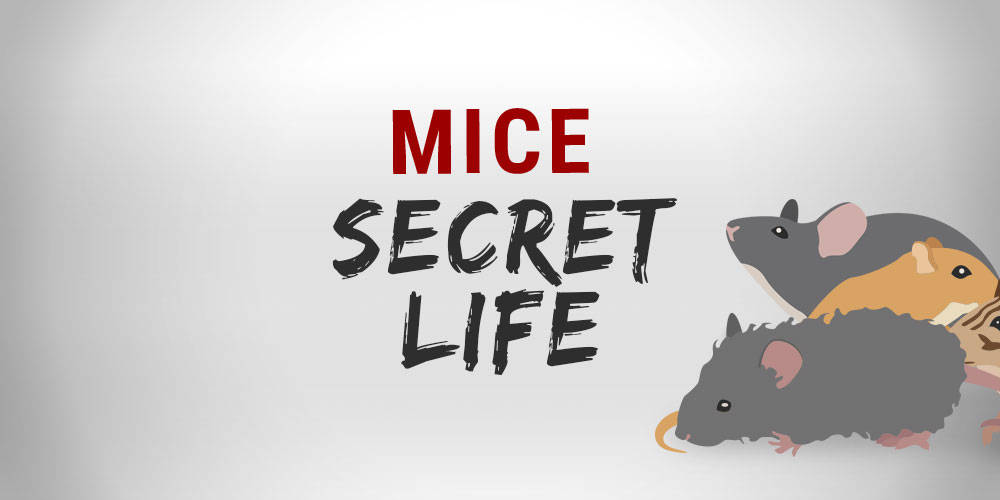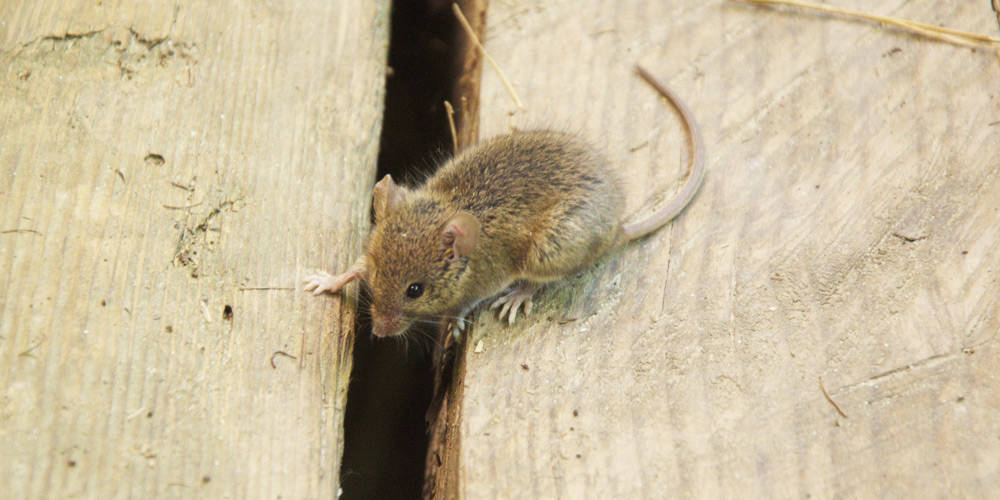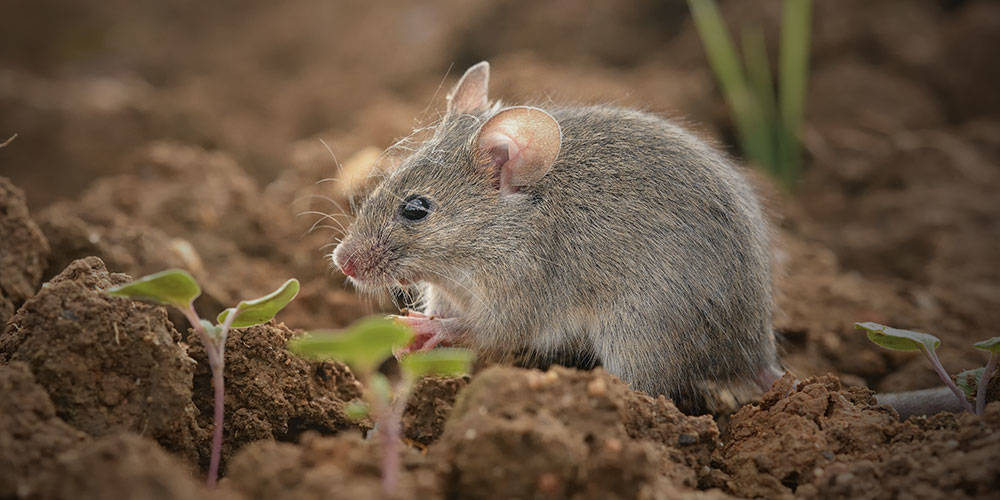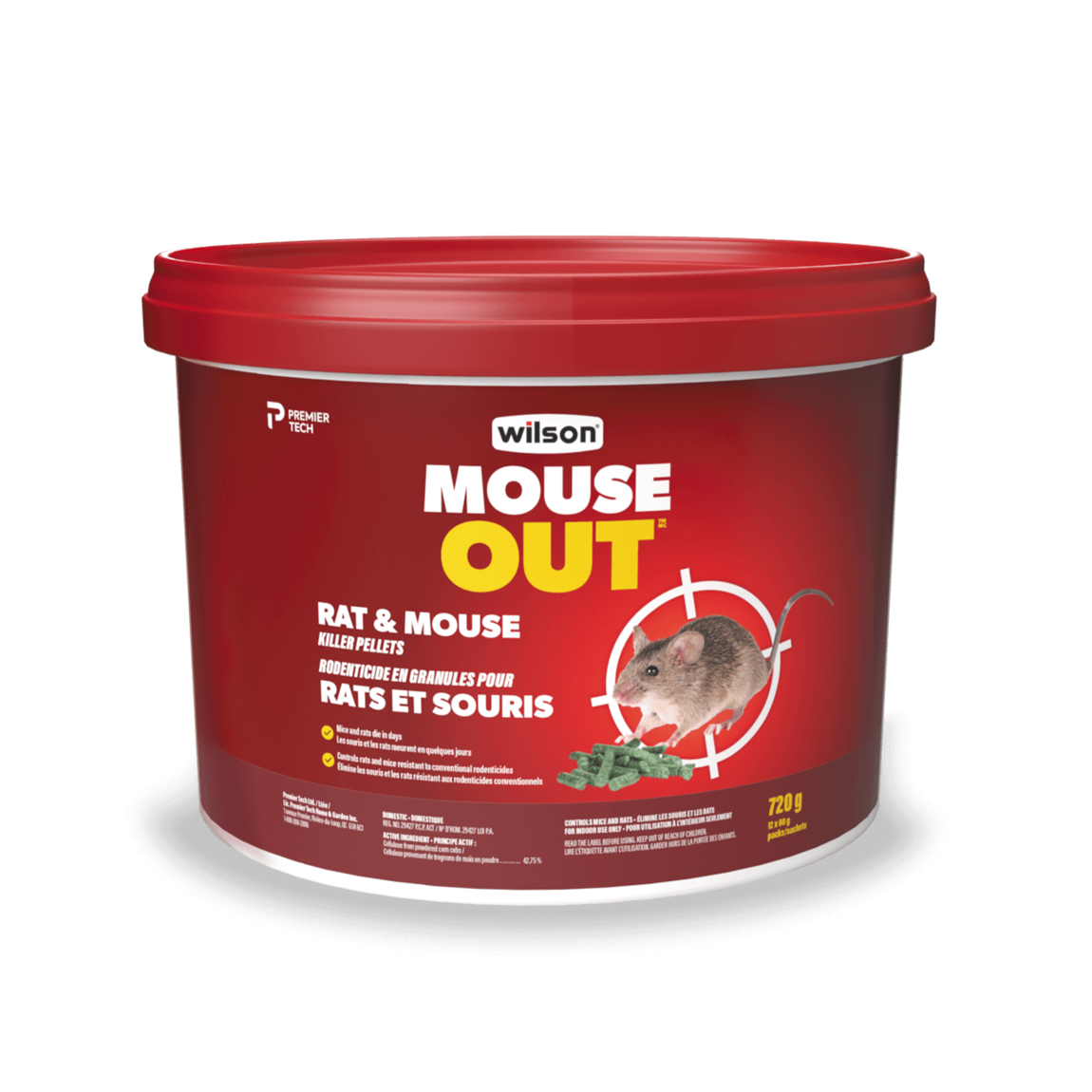

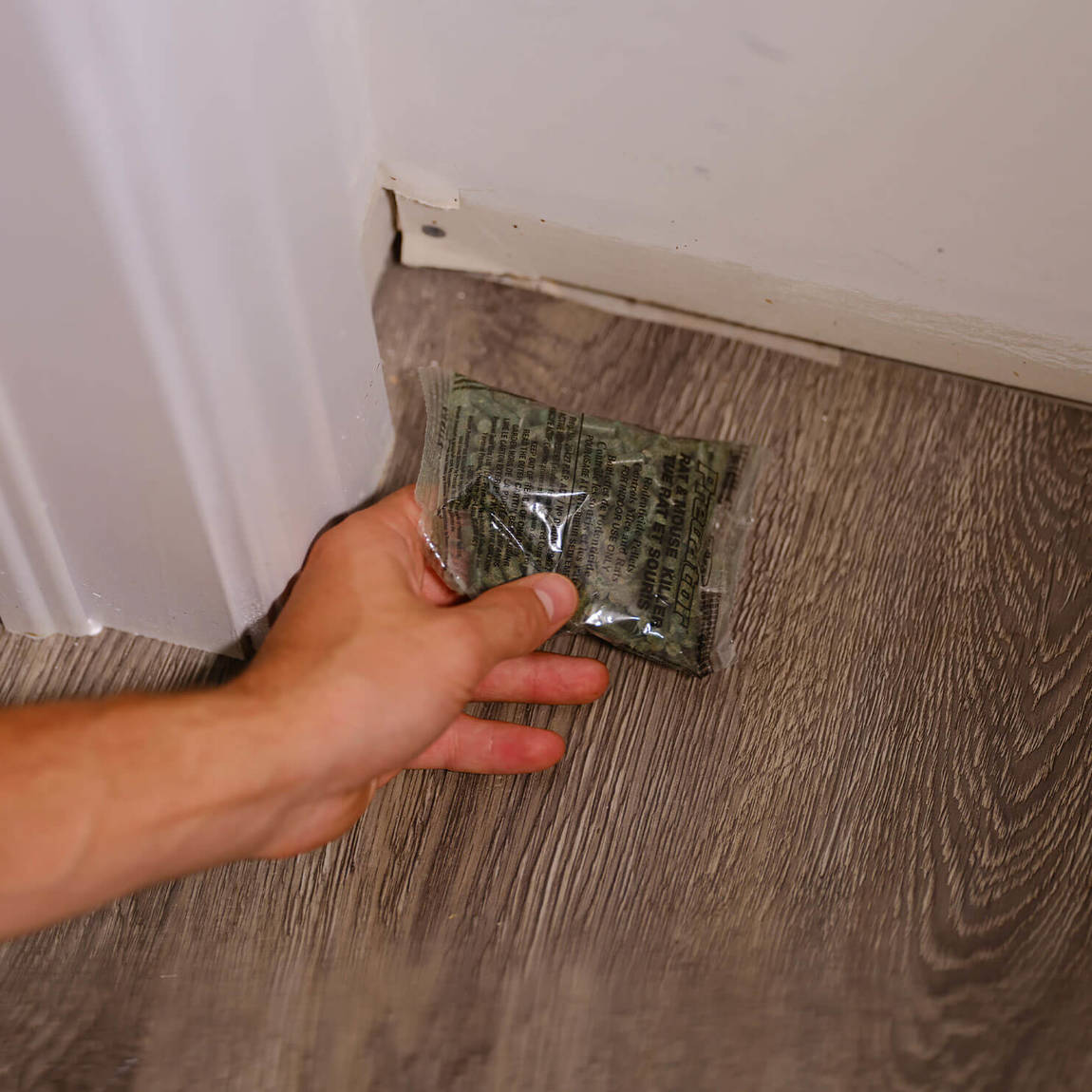

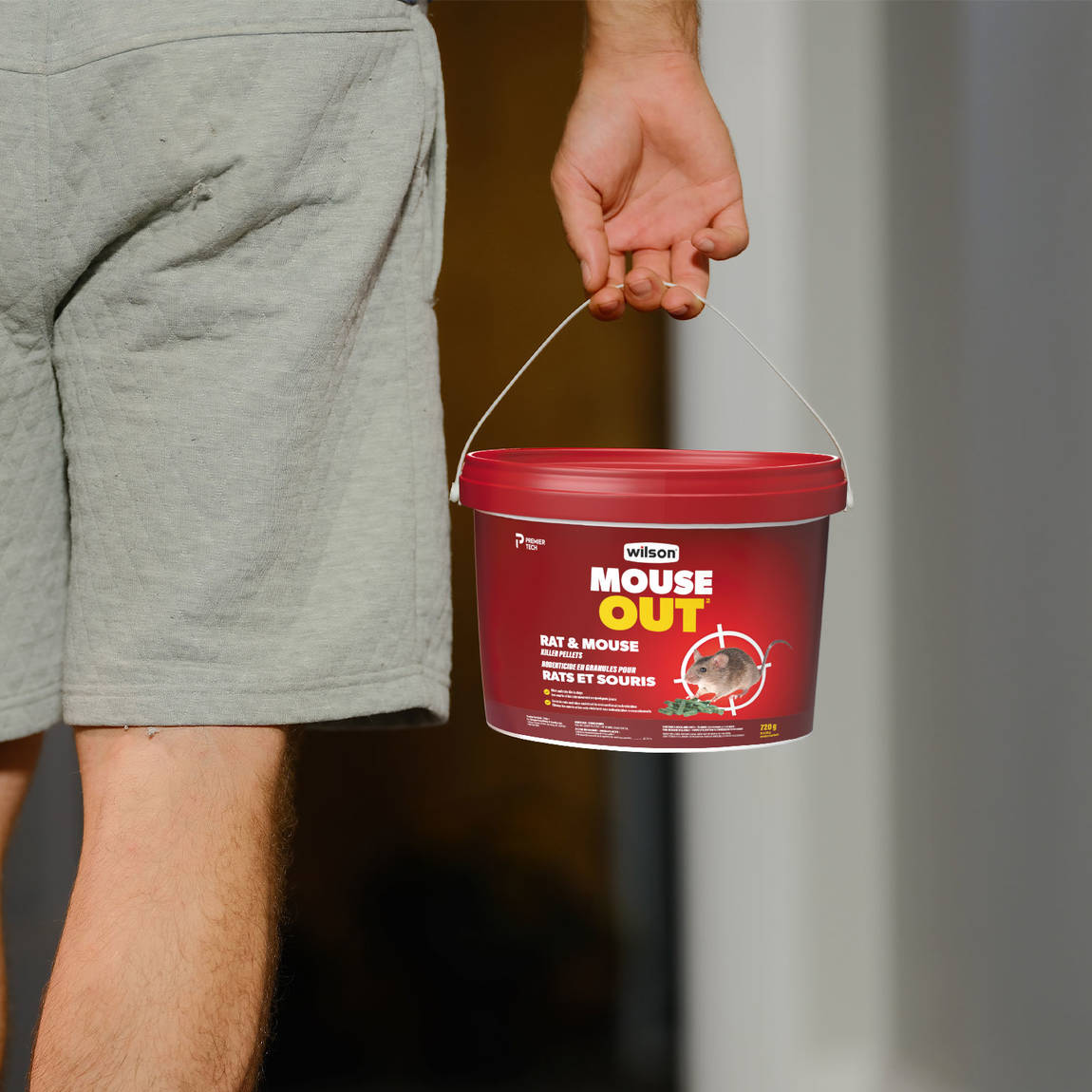

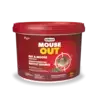
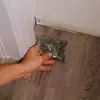
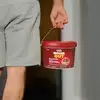
Wilson® MOUSE OUT™
Rat & Mouse Killer Pellets
720 g
Former name: Wilson® PREDATOR® Rat & Mouse Pellets
You see signs of rats and mice in your home? You’re right to smell a rat. But don’t worry. Get MOUSE OUT Rat & Mouse Killer Pellets on your side. These little rodents will try to eat anything, but their digestive systems are different from those of humans and most animals: they can’t digest corn cellulose, and the corn cellulose blocks signals to their brains to drink water. So they get more and more dehydrated and crawl away to die. What’s more, you won’t have to endure the smell from decomposition of decaying rodents due to the dehydration and fast mummification process. So you don’t have to smell a rat any more. Or a mouse.
Select a size
Pellets that kill mice and rats through dehydration
Pellets that kill mice and rats through dehydration
Ready to use
Ready to use
Easy to use
Easy to use
Organic product that poses no threat to children and pets
Organic product that poses no threat to children and pets
Where to use
Outdoors
Indoors
Suggested trap locations for mouse control
- In suspended ceilings
- In lofts and attics
- In kitchens and food preparation areas
- In closets
- In garages and outbuildings
- Under floorboards and in wall cavities
- Under garden structures
- In access points to buildings
- In or under greenhouses
- Near livestock
- Around water features
Effective against

Mice
Mice
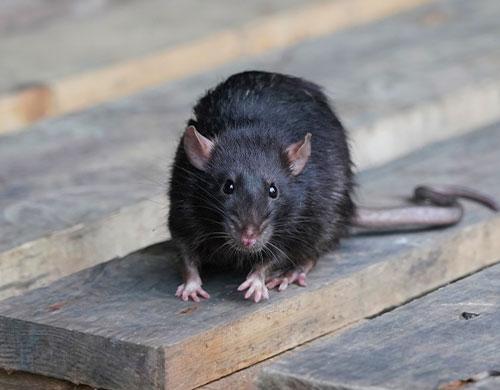
Rats
Rats
Step 1
Remove all food sources prior to treatment.
Step 2
Open packs and insert pellets into bait stations, feeding trays or bowls.
Step 3
Place bait stations where there are signs of mouse or rat activity such as fresh droppings or near burrows, runs, feeding places and points of entry. Optimal application times are during periods of limited food supply and high activity.
Step 4
Mice and rats are sporadic feeders, so several bait stations are required. Place bait stations 1.2 m to 1.8 m apart.
Step 5
Inspect bait stations every 48 hours and replace any spoiled pellets.
Step 6
Maintain an uninterrupted supply of fresh bait for at least 6-8 days for mice and at least 8 days for rats, or until signs of mouse or rat activity cease for a period of 2 or more days.
Step 7
If all bait has been eaten from certain areas, add additional bait stations.
Step 8
To prevent bait from spoiling, bait stations should be placed away from sources of moisture.
Tips
Do your best to keep the pellets dry. If the bait gets wet, it may provide moisture to rodents, reducing the effects of dehydration. You can do this by putting the rodenticide in boxes that will stay dry. Do not use outdoors since rain may wash away bait.
Warnings
- Wear protective gloves to dispose of any dead mice and rats or to handle bait and/or bait stations that have been visited by mice and rats.
- Always wash hands after handling carcasses or bait and bait stations.
- Do not reuse empty container.
- Discard in household garbage.
- Container is recyclable where programs or facilities exist.
Store in a dry place in the original container.
For additional product information or in case of emergency, spills or fire, call toll-free 1-800-268-2608.
General precautions
- Keep out of reach of children.
Cellulose from powdered corn cobs 42.75%
Frequently asked questions about Wilson MOUSE OUT Rat & Mouse Killer Pellets
MOUSE OUT Rat & Mouse Killer Pellets are composed of all-natural powdered corn cob cellulose. Rodents are attracted to the corn cob powder and consume it as a food source. The rodent digestive system is different from that of any other animal or human. MOUSE OUT Rat & Mouse Killer Pellets natural rodenticide coats the rat and mouse stomach lining and blocks all messages to the brain to drink water. Rats and mice are simply unable to digest the corn cob powder cellulose. Thus, the ingested baits cause the rodents to dehydrate and die.
MOUSE OUT Rat & Mouse Killer Pellets are safe for humans and pets. There is no risk of secondary poisoning to non-target animals and birds of prey. Considered a safe alternative to traditional poisons.
Remove all food sources prior to treatment, and open packs and insert them into bait stations, feeding trays or bowls.
Place bait where there are signs of mouse or rat activity, such as fresh droppings or near burrows, runs, feeding places and points of entry. Works best during periods of limited food supply and high activity. Mice and rats are sporadic feeders, so several bait packs are required. Place bait 1.2 m to 1.8 m apart. Inspect bait stations every 48 hours and replace any spoiled pellets. Maintain an uninterrupted supply of fresh bait for at least 6-8 days for mice and at least 8 days for rats, or until signs of mouse or rat activity cease for a period of 2 or more days. If all bait has been eaten from certain areas, add additional bait stations.
To prevent bait from spoiling, bait stations should be placed away from sources of moisture.
Always put bait in areas where there is a lot of activity. If you see mouse droppings, this is a sign that baits should be placed in that room. Place baits along the walls and edges of your room. Mice aren’t likely to go through the centre of the room unless they are being chased. Instead, they tend to scurry along the edges of your room. Put traps along the walls near entry points like doors and windows.
Move your baits to different areas if nothing has been caught within a few days of putting them in place. Sometimes you have to experiment with placement to figure out what will work inside your home. It is essential to get as many rodents to take the bait as possible and rid your home of an infestation quickly. MOUSE OUT Rat & Mouse Killer Pellets can also be used as a preventative option, in areas in your garage, basement or attic year-round so you don’t end up with an infestation
Whenever you see mouse droppings, you know that you have an unwanted visitor. Mice reproduce quickly. You can be almost certain there are more than one. To control mice, you need more than one or two bait stations to eliminate the problem quickly. The most effective strategy is to place one mouse bait packet every 1.2 to 1.8 metres along the wall where you've seen signs of activity.
Although one mouse is not considered an infestation, you need to consider that a single female can have 5-10 litters a year, with 6-8 babies each time. A newborn female mouse can start breeding at 6 weeks of age.It is important to nip the problem before it escalates!
Haven't found the answer to your question?
We are here to help you!
Similar products
To help you kill mice
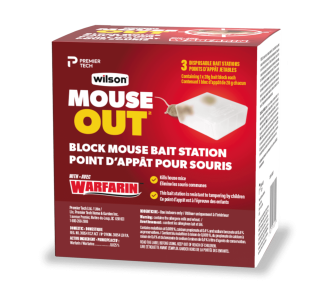
MOUSE OUT
Warfarin Block Mouse Bait Station
Purchase warfarin-block-mouse-bait today to keep rodent population under control. Comes in child-resistant bait station. Safe when used.
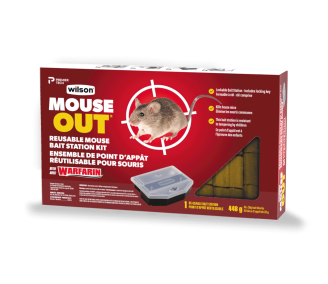
MOUSE OUT
Reusable Mouse Bait Station with Warfarin
The Wilson Control mouse bait station with warfarin is the strongest and comes with 16 bait blocks that are 100% safe to be placed around your children or pets.
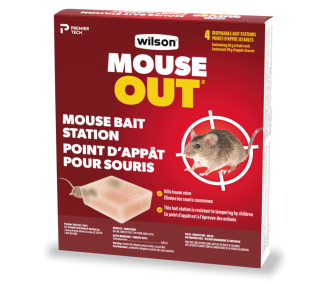
MOUSE OUT
Mouse Bait Station
Single-use stations that contain 20 g of bait that controls and kills mice quickly. Certified child-resistant and tamper-proof.
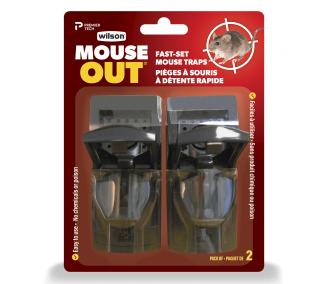
MOUSE OUT
Fast Set Mouse Traps
Easy-to-set, reusable traps that kill mice without the use of chemicals or poison. Dead rodents can be disposed of without touching them.
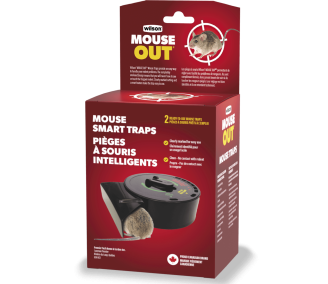
MOUSE OUT
Mouse Traps (Smart trap)
Learn more about the smart mouse trap from Wilson Control with a design that shows you when a mouse is caught. The traps are silent and can be set anywhere.
